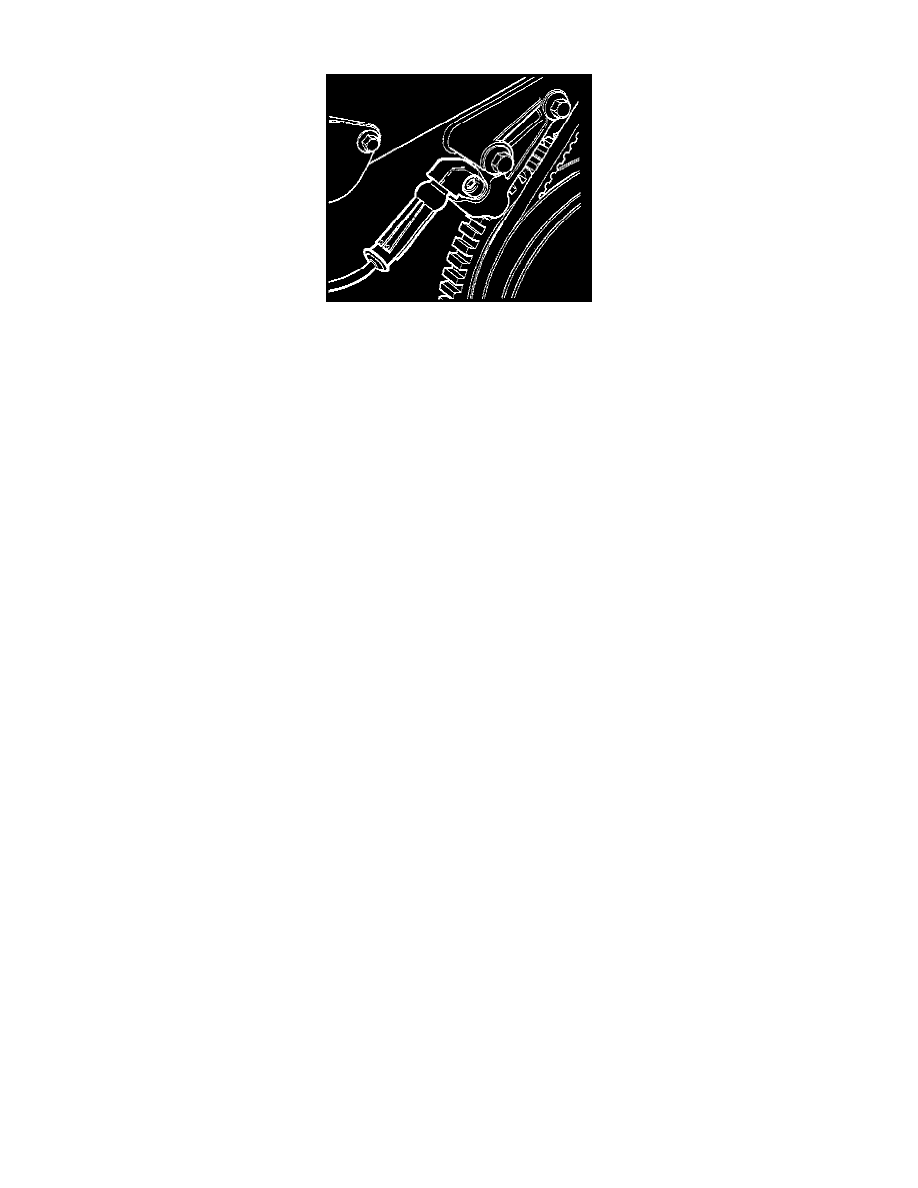Vanden Plas L6-4.0L (1990)

Crankshaft Position Sensor: Description and Operation
Crankshaft Sensor
The crankshaft sensor provides both engine speed and crankshaft position signals to the ECM. The sensor is a variable reluctance device,
consisting of a bobbin coil with a magnetic core. The resistance of the coil is approximately 1.35 kilo ohms. The steel teeth on the crankshaft
timing ring are used as a rotor. As the rotor teeth pass by the crankshaft sensor, pulses are generated.
The rotor has 60 tooth positions set at 6° intervals with three teeth missing. The gaps identify the TDC position of the 6 cylinders during one
complete engine cycle (two crankshaft revolutions). The rotor thus provides both engine speed and crankshaft position information to the ECM.
The missing pulses identify crankshaft position. Each tooth pulse after the missing pulse represents 6° of crankshaft rotation. Thus the frequency of
the toothed pulses are a measure of engine speed. The sensor is mounted to the timing cover on the front of the engine.
